Blog Log! January 27, 2008!
 January 29, 2008
January 29, 2008



It’s our first dive of the new year, and what a way to kick start 2008! We had all sorts of wacky currents running at various depths in the water and we had an over cast sky that threatened rain the whole morning! Good thing though, it didn’t pour till after our 2nd dive, which was good because we got to wash our gear (and ourselves!) before getting back to the mainland! (Topside photos courtesy of Pauline Leow)





We had an interesting bunch of divers for this trip, 4 teachers at secondary and Junior College levels, and 2 researchers – one terrestrial (our volunteer Ming Sheng) and another who’s doing a study of the rabbit fish in local reefs! It was a great envirounment for learning new things and also to take different perspectives and talk about various research methods and the biology, ecology and behaviour of corals and other reef organisms!
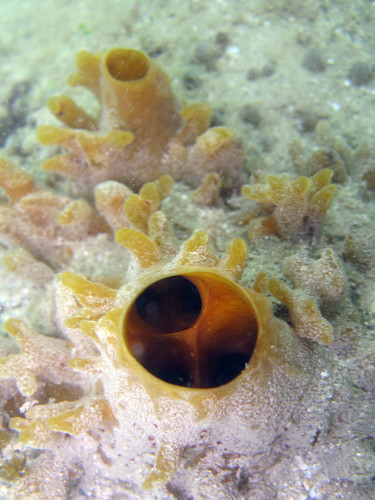
Although the visibility was not at it’s best, Hantu always has surprises to offer. Because fishes were less present (possibly because of the strong current and turbid waters) divers had the opportunity to learn more about corals and the organisms that inhabit them! I also paid closer attention to the HUGE variety of sponges on our reef because there are just so many kinds and they’re so beautiful in all their bright colours and of course, their very captivating bahaviour (did you know that a colony of sponge can reassemble themselves if held in a contained body of water after being disassembled?).
While the divers and the fish might not have been enjoying the strong current, animals that depended on it such as corals and tube worms were out in full force! Check out the beautiful tentacles of some of our corals and the attractive feeding arms of the reef’s feather duster tube worms!
Trying to dodge the currents, we kept close to the reef. VERY CLOSE! And at some points, we were even navigating the eerie reef flat that was densely covered with sargassum seaweed! What an adventure! It was really exciting to see the little sea creatures that lurk in the safety of the foliage, darting out and away from us when we got near. We saw critters like flatworms, gobies, filefish, damselfish, and butterflyfish hiding in the “field” of seaweed!
Despite the turbid water conditions, our enthusiastic divers were totally excited about reaching the depths of Hantu and navigating its dark and tricky seabed for the chance to see a tigertail seahorse! It’s always a favourite amongst divers and certainly makes every trip worthwhile!
Razorfish! I absolutely love these fish and always look forward to running into them near the Goniopora corals!
Our corals are so special and important to the survival of our reef. Yet most times, divers explore reefs without giving much attention to coral, preferring to focus on more conspicuous “animals”. Well, corals are animals too! And they are certainly the most conspicuous living things on our reefs! One of the Hantu Blog’s objectives to teach divers as much about coral as the life that can be found living alongside it. Did you know that Singapore reefs have nearly 30% the coral diversity of the Great Barrier Reef in less than o.o5% of the size?! Remember, without the corals, there won’t be a reef, and certainly no pretty creatures for us to discover!
Finally, the most captivating find for this trip, was what I believe to be an Acopora goby’s brood of eggs! If you take a closer look at the shiny bead-like object affixed to the wall of this acopora coral, you can actually see the tiny fish eyes of the developing embryos within the eggs! It’s not yet confirmed, but it’s likely that the eggs belong to a dark green coloured Acopora goby that was sticking very close to the eggs, but fleeted away into hiding the moment I drew my camera near. The eggs take a few weeks to hatch but we don’t know how long they’re already been developing! It’d be exciting to return during our next dive to see if and how they’ve developed!
Stay tuned to the Hantu Blog to catch our exciting videos that will be uploaded soon enough! It’s always a different experience to observe the motion of the ocean in underwater Hantu! To see all the photos from this dive, visit the Hantu Blog Gallery




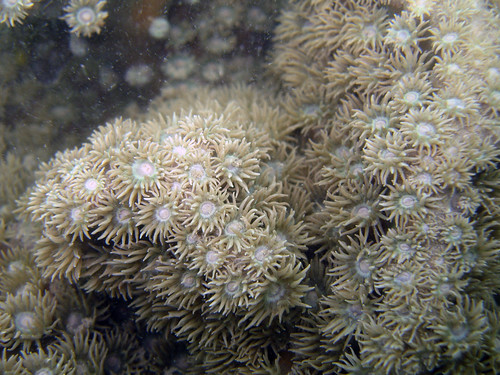




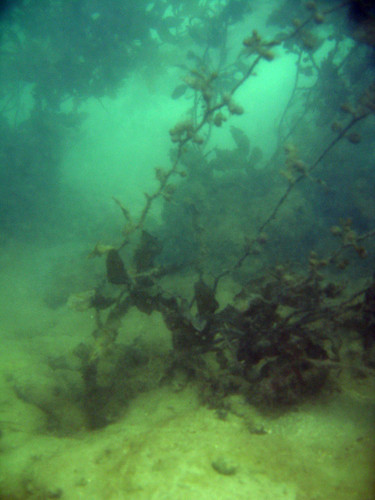





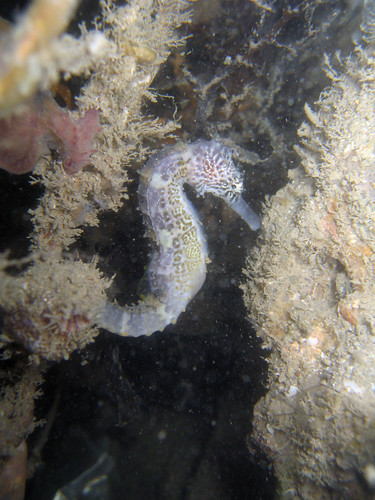
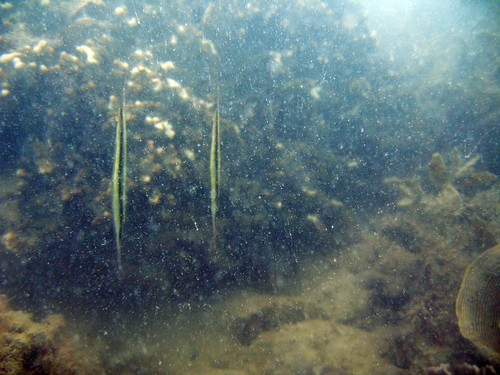






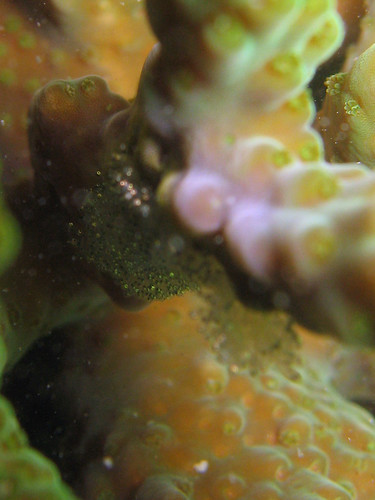
 Posted in
Posted in 



 content rss
content rss
COMMENTS